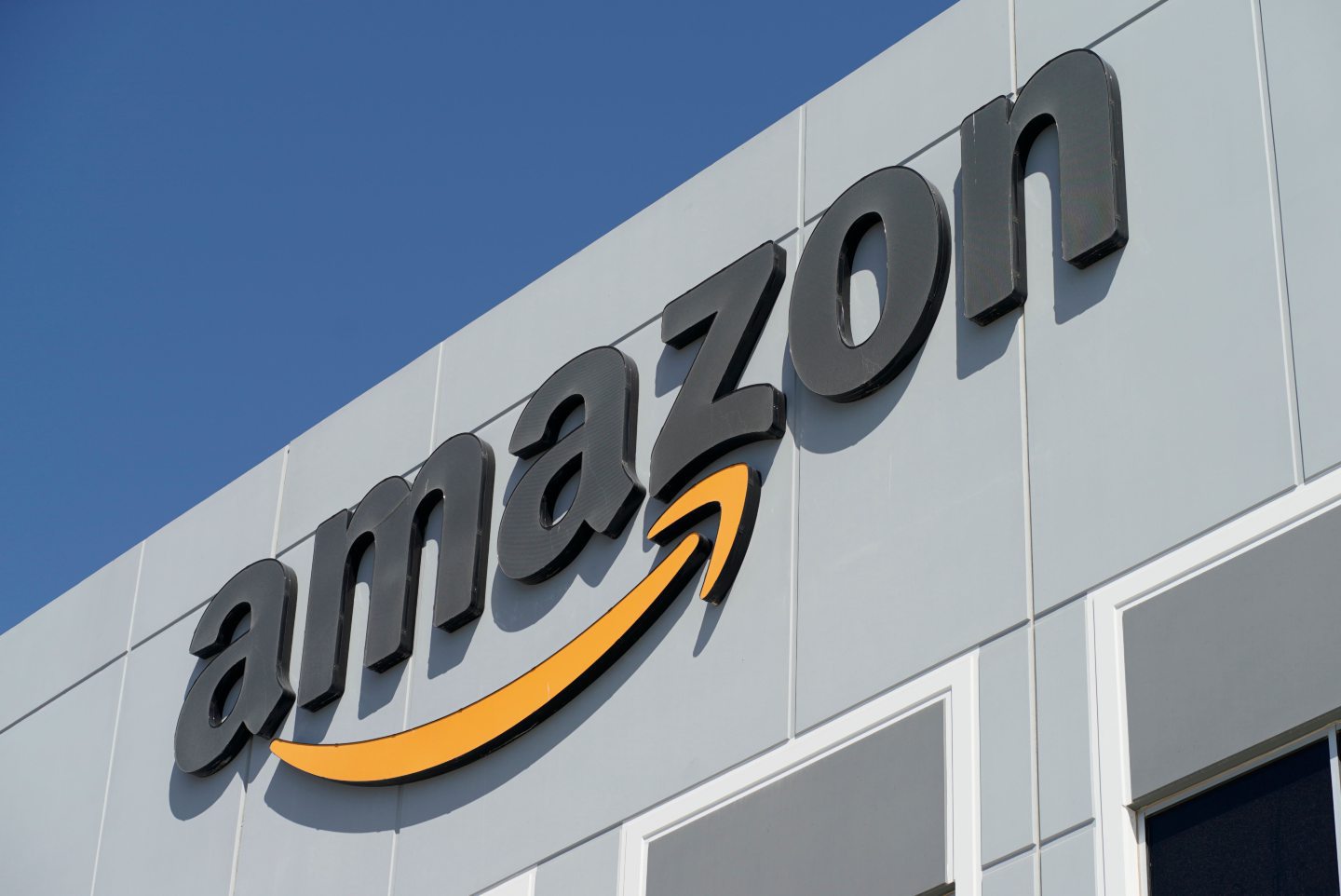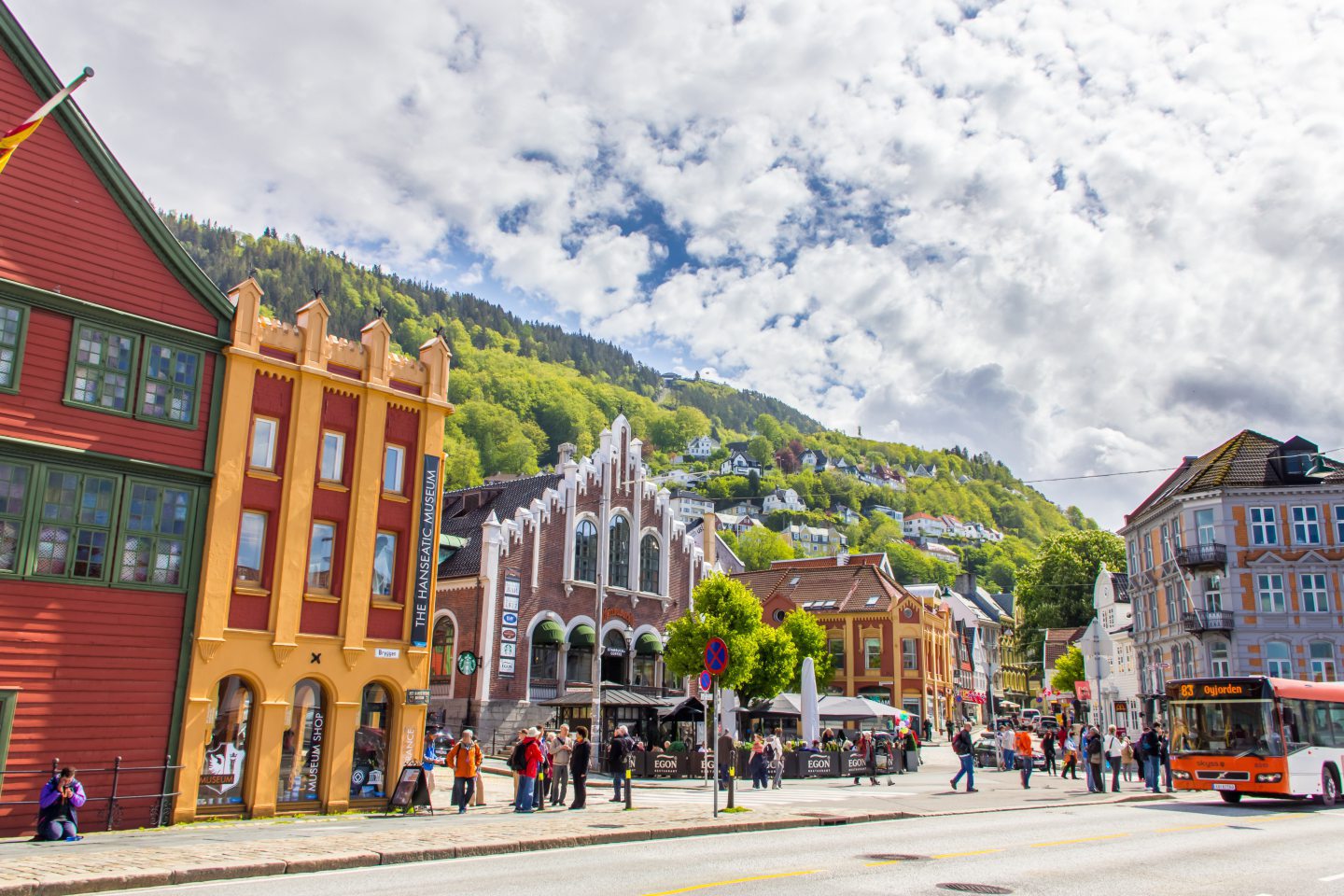As a Scot who has lived and worked in Norway for many years, I have been able to watch the country become one of the richest in the world. And to compare things with Scotland, the land of my birth.
Norway and Scotland have exactly the same population at 5.4 million folk.
Norway had more oil than Scotland at the start. In 1995, Norway had 10.8 billion barrels, which was reduced to 7.9 billion by 2020. Scotland had a mere 4.5 billion barrels in 1995, and in 2020 had 2.5 billion. So Norway has probably produced twice as much oil as Scotland in the past 25 years.
But the real difference is what Norway did with the proceeds. Scotland’s oil production has done much to change life in Aberdeen and the north-east. But much of the earnings have also gone to the Treasury in London, whose priorities are often different from Scotland’s.
While it can sometimes be difficult to see where Scotland’s oil has gone, we know where Norway’s oil money has gone. Norway has built the biggest sovereign wealth fund in the world from its oil and gas revenues.
In its oil fund, Norway has the biggest capital holdings in the world. The Saudi national oil fund is about half the size of Norway’s.
The Norwegian oil fund, which was established in 1996, is now worth over £1,000-billion, which turns out to be 200,000 quid for every man, woman and child in the country (including yours truly).
How did Norway do it?
Officially, the fund is known as the Government Pension Fund Global. Its main purpose is to secure pensions and other welfare for all residents of Norway for the period after the oil runs out.
How did Norway do it? Well, at the beginning, of course, it squirrelled away much of what it took off the oil companies in the way of taxes and licences and placed it in the oil fund. But, now, less than half of what is in the oil fund has come from Norway’s oil revenues. The rest has come from some pretty astute investment of those very oil revenues in shares, property, government bonds and infrastructure for renewable energy.
The fund has invested in shares in over 9,000 companies in 70 countries all over the world. So, Norway has shares in all of the world’s biggest companies – that is Apple, Google, Microsoft, Samsung, Amazon and Tesla.
In the property market, the oil fund has concentrated on investing in New York, London, Washington DC, Tokyo and Singapore, and since 2010 the oil fund has owned 25% of all properties in London’s prestigious Regent Street.
To run such a fund, you need smart people. And, so far, Norway has been able to find them.
The present chief executive, Nicolai Tangen, was a millionaire hedge fund manager in London, until he took over Norway’s fund two years ago. His background is unorthodox. He has a Masters degree in history of art and owns one of the biggest art collections in Europe. He is, of course, a trained economist into the bargain. And also an accomplished cook.
About 20% of Norway’s annual budget comes from its oil fund
Since its start in 1996, the oil fund has had an annual rate of return of about 6%, although last year it got a nearly 10% rate of return.
The Government of Norway is allowed to draw from the oil fund, but never more than 3% of its reserves, which is always less than the annual rate of return. This means the fund will continue to grow, as the government can never take more money out than its annual rate of return.
A very important aspect of the fund is its insistence on ethical performance. The fund monitors investments extremely carefully to ensure they are in line with its strict ethical guidelines. The fund also monitors all investments for their impact upon climate.
In this financial year of 2023-24, the Government of Norway is drawing about £24 billion from the oil fund to add to its annual budget of £107 billion. So, around 20% of Norway’s annual budget comes from the oil fund.
How does Scotland compare? Scotland’s annual budget is about £60 billion, of which a chunk comes from the Treasury in London.
And could Scotland, with a wee bit less oil than Norway, also have established its own oil fund way back in 1996, like Norway did? Not really. Decisions like that had to be taken in Westminster, which had to take account of the needs of all of the UK, of which Scotland is only about 12% or so.
Originally from Scotland and now living in Norway, Mike Fergus is a retired consulting economist and partner in a Norwegian consulting firm


